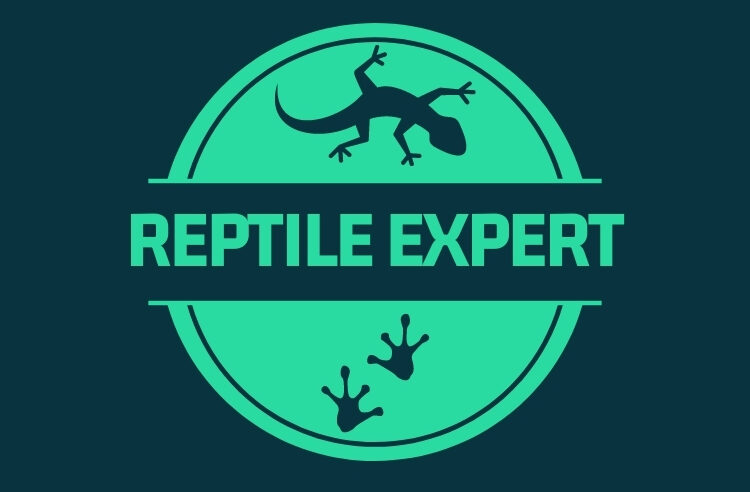Reaching a length of up to 10 feet (3m) and an average weight of 10 stones (64kg) or more, the world’s largest living lizard, the Komodo Dragon (Varanus komodoensis) bears more than a passing similarity to the fire-breathing reptile of legend.
Native to the island of Komodo and the neighbouring Indonesian islands of Flores, Gili Dasami, Gili Motang and Rinca, these giant monitor lizards only became known to western science in 1910. Since their discovery, habitat destruction and the poaching of their natural prey has led to a dramatic reduction in their numbers, leaving them an endangered “Red List” species and today fewer than 5,000 are estimated to be left in the wild.
However, most alarmingly, work by the American Museum of Natural History has suggested that the population may contain as few as 350 breeding females.
Dragons And Man
According to work by the San Diego Zoo’s Centre for Research on Endangered Species, in their natural habitat, during a breeding season which lasts from May and August, the males’ home ranges more than double from their usual 400 acres (160 hectares), which often brings them into contact with man.
Although the females cover less ground, they will defend their nesting sites vigorously – which makes them equally unwelcome in areas near to human settlements. Although attacks on people are rare, there are documented cases of fatalities – most recently in 2007 – and between their strong claws, heavy tails and toxic, bacteria-laden mouths, an attack from an adult dragon is a fearsome prospect. Their local name “buaja darat” – land crocodile – seems well deserved.
Captive Breeding
Captive breeding programmes have been very successful for a range of other endangered species, but when it comes to breeding dragons in captivity, a few problems have emerged. One of the biggest is the difficulty in sexing these giant monitors – it’s virtually impossible to tell male from female.
As if that wasn’t enough of a setback, Komodo Dragons are inclined to be rather picky when it comes to choosing a mate – which means that even if a particular zoo or institution manages to get a true pair, there’s no guarantee that they’re going to get along well enough to mate!
Despite this, there have been some notable successes. In 1992, America’s National Zoo in Washington managed to hatch 13 out of a total of 26 eggs, followed a year later by two successfully hatched clutches at the Cincinnati Zoo. All in all, of some 300 specimens of dragons living in captivity around the world, nearly two-thirds are captive-bred juveniles.
Virgin Birth
Perhaps the strangest examples of captive breeding took place in the UK in 2006 and 2007, when female dragons at London and Chester Zoos, produced youngsters – by virgin birth!
Many animals have the ability to reproduce asexually – something which is known to biologists as parthenogenesis – and a number of reptile species adopt this approach. However, no one had previously observed parthenogenesis in Komodo Dragons – which opens up some interesting possibilities for these vulnerable animals, particularly since the offspring seem not to be just simple clones of their mother.
If the virgin birth route proves to be something which all dragons can do – rather than a uniquely British accidental anomaly of some kind – then the low estimated numbers of wild-living, breeding females might be less alarming than it first appears. In addition, it could potentially offer a way round the incompatibility issue that seems to cause so many problems for the more traditional approach to sexual reproduction.
It remains to be seen if the potential of parthenogenesis is really likely to offer anything useful in terms of saving the species – but for the moment at least, it certainly would appear to offer a glimmer of hope.
The Komodo Dragon may not be the beast of our myths and legends, but it does have a good 4 million years of history behind it and is the largest lizard in the world – which demands a good deal of respect, however hard it is to breed in captivity!
